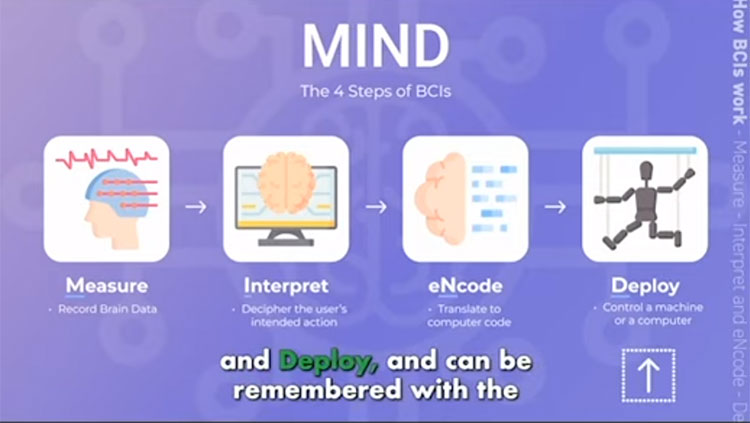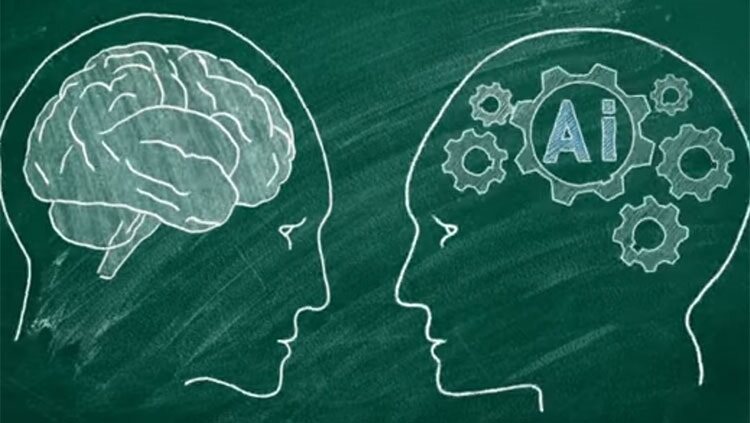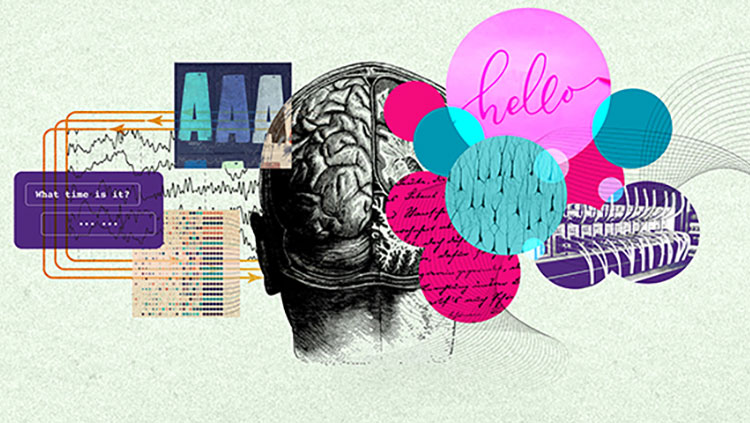How Playing Video Games Affects Your Brain
- Published15 Oct 2021
- Source BrainFacts/SfN
Depending on the types of video games you play and time you spend playing, your brain may be changing in a variety of ways.
This is a video from the 2021 Brain Awareness Video Contest.
Created by Sujan Vijayraj Shadrak.
CONTENT PROVIDED BY
BrainFacts/SfN
Transcript
When you think of video games, what comes to your mind? Is it you playing a video game with your friends and enjoying it? Is it one of your parents telling you to stop playing so much and that you are rotting your brain? Wait, back up a moment. Rotting your brain? Do video games actually affect your brain? Well, I'm glad to tell you you’re in the right place. Today we will be looking at the main types of video games and the myths and facts surrounding them.
There are two main types of video games we are going to be looking at today: action games and strategy games. Let's first start off with what has become the most popular video game area in the past years: battle royale/action shooter games. Most people's minds go to the heavily popular game of Fortnite, but there are many other games in this category, even games that are precisely like Fortnite but were released before it, such as H1Z1 and PUBG.
But how do these types of games affect your brain? Besides being violent, action games include high speed, high perceptual and motor load, unpredictability and an emphasis on peripheral processing. Playing these action video games attenuates prefrontal cortex activity and implies that playing video games also affects cognition in the right hippocampus and occipitoparietal regions. Studies from Nature Neuroscience show that playing an action video game can improve visual attention. Another study, which also appeared in Nature Neuroscience, demonstrated that action games could improve adults' contrast sensitivity, which is essential for driving at night.
But violent video games are also an area of concern to some experts in the gaming field. In a study of 45 teens, playing a violent game for only 30 minutes lowered activity in the prefrontal sections of the brain. Just 10–20 minutes of violent gaming can increase activity in the brain regions associated with arousal, anxiety, and emotional reaction, while simultaneously reducing activity in the frontal lobes associated with emotion regulation and executive control.
On the other hand, strategy games have received much positive criticism on their effects on the human brain with minor to no negative aspects. Research has shown that playing these types of strategy games can improve cognitive development, such as greater sensitivity to contrasts, better eye-to-hand coordination, and superior memory. Evidence is also present that these types of video games can increase the size and efficiency of brain regions related to visuospatial thinking. For example, the right hippocampus, again, is enlarged in long-term gamers and also volunteers following a video game training program.
But video games can also be addictive, and this kind of addiction is known as "internet gaming disorder." Researchers have found many examples of functional and structural changes in the neural system in the brains of gaming addicts.
Let’s move on to another topic: how do video games affect different genders' brains? Researchers in Stanford decided to study this topic. The researchers designed a game involving a vertical line called the "wall" in the middle of a computer screen. When the game begins, 10 balls appear to the right of the wall and travel left toward the wall. Each time a ball is clicked, it disappears from the screen. If the ball hits the wall then they lose space on the screen, making the wall shrink. If they click on the balls that get really close to the wall before they hit the wall, the wall goes to the right and gets bigger and they get more space. During this study, 22 young adults — 11 men and 11 women — played numerous 24-second intervals of the game while being hooked up to an fMRI machine. fMRI is designed to produce an image showing which parts of the brain are working during a given activity.
All participants quickly learned the point of the game, and the male and female participants wound up clicking on the same number of balls. The men, however, wound up gaining a significantly greater amount of space than the women. That's because the men identified which balls — that are the ones that are closest to the "wall" — would help them acquire the most space if clicked.
After analyzing the imaging data for the entire group, the researchers found that the participants showed activation in the brain's mesocorticolimbic center. This is the region that is typically associated with reward and association. Male brains, however, showed much greater activation, and the amount of activation was correlated with how much territory they gained.
Three structures within the reward circuit — the nucleus accumbens, amygdala, and orbitofrontal cortex — were also shown to influence each other much more in men than in women. And, the better connected this circuit was, the better males performed in the game.
As video games are still relatively new, the research into their effects is still in its infancy. Scientists are still working out what aspects of games affect which brain regions and how. Video games likely have both positive and negative aspects, and we must embrace this complexity.

















